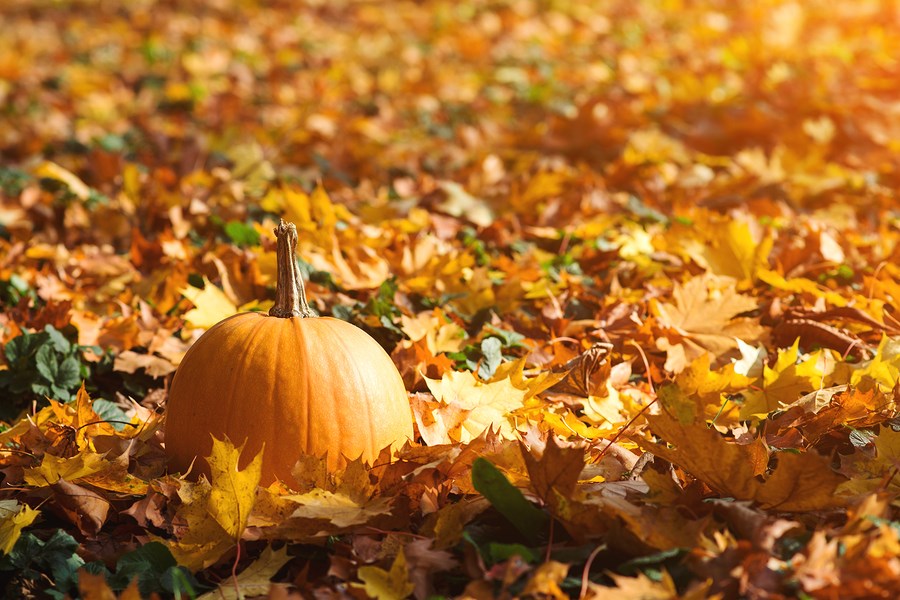You can grow next year’s Hallowe’en pumpkin from seed.
When the seed catalogs arrive you will want to select your pumpkin seeds carefully. Giant pumpkins are usually grown from Atlantic giant pumpkin seeds. Most varieties of pumpkins have long vines, requiring lots of space and a long season. Fortunately there are semi-bush and shorter season varieties for smaller northern gardens.
Since pumpkins are a warm season vegetable you want to extend the season and provide conditions that supply the required heat. There are several ways to do this, that include growing them in the garden, in pots and even in the compost pile. Start the seeds indoors 2 to 3 weeks before the last frost, in peat pots or peat pellets. When planting outdoors, remove the bottom of peat pots for roots to grow out. Disturb the roots as little as possible. Provide a sunny spot and room to grow in a location sheltered from the wind.
In the garden, prepare the soil by working in a good amount of compost or manure, creating a low mound. Pumpkins are heavy feeders. Plant one or two seedlings per mound, watering well. Weed regularly, by hand, to minimize root disturbance. Fertilize with fish fertilizer or another liquid fertilizer every two weeks. Water regularly and deeply, preferably without wetting the leaves. To provide extra warmth and bug protection, cover the mound and plants with row cover until they start to bloom. Then remove protection to allow for pollination. You can also use row cover to protect the plants from light frost in the fall.
To grow in pots, select a five to 10 gallon pot. Prepare the soil mix the same as for the garden. A dark pot will absorb heat, which is beneficial. In a pot you have to ensure that you are watering sufficiently. Don’t fertilize a dry pot. Water first, then fertilize. Plant, water, weed and fertilize your pumpkin the same as if you were growing it in the garden.
A compost pile produces heat as it decomposes. If you have an open compost pile you have likely had volunteers from your kitchen waste growing in it. The plants grow extremely well, but often the season is too short for a mature harvest. To grow your own in the compost pile, top a partially decomposed pile with a one to two inch layer of soil, and plant your seedlings. Water and weed as needed. You likely will not need to fertilize, as the compost is rich in nutrients.
You can cut back vines once you have two or three pumpkins forming to direct the plant’s energy into the pumpkins. As the pumpkins grow, protect them from the soil by placing them carefully on a thin piece of wood or a flat rock.
Enjoy watching them grow!




